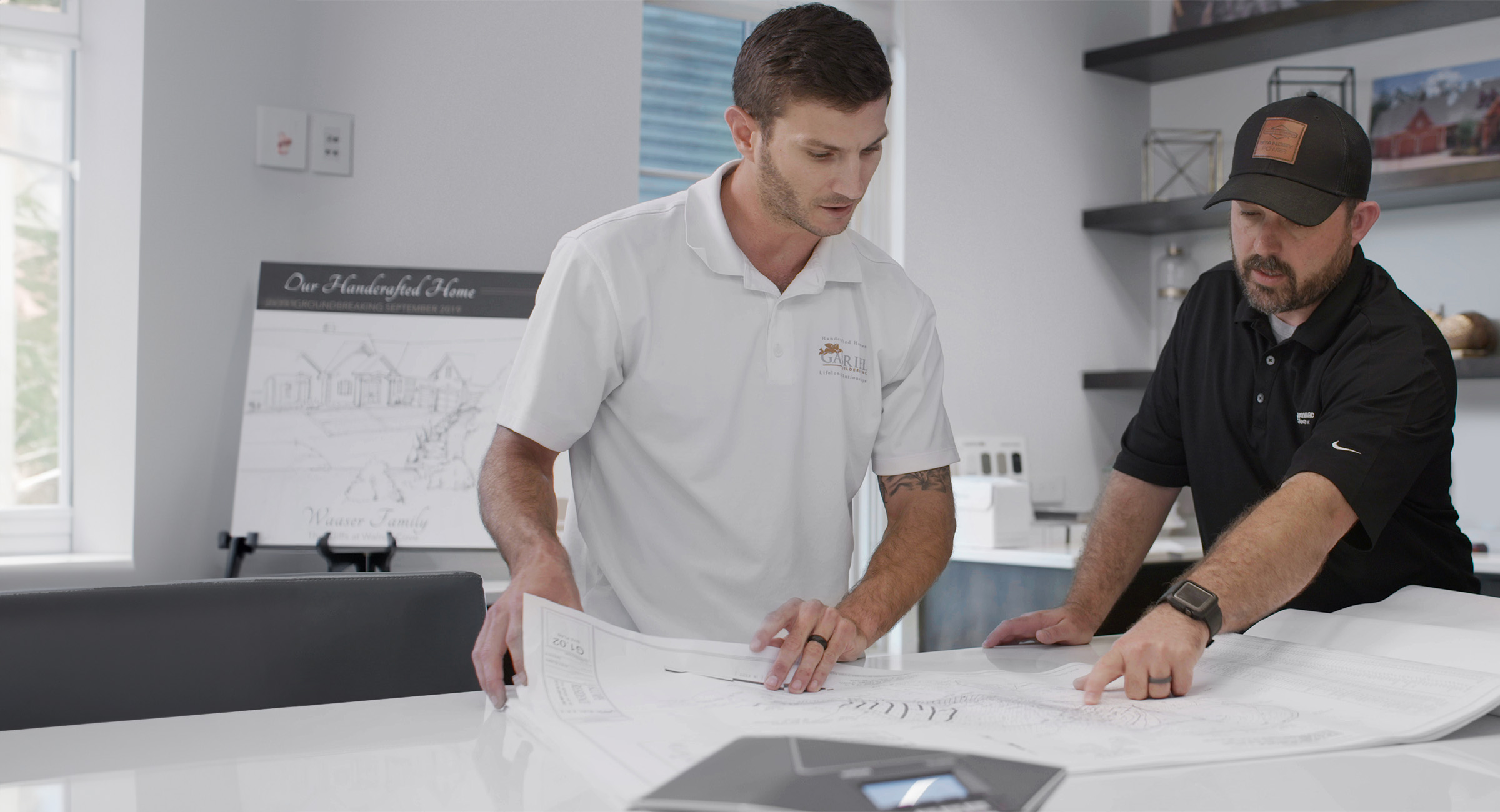

Energy Solutions for Schools
Saving money for your school is elementary with Briggs & Stratton.
We have expertise working with schools worldwide for both on- and off-grid energy storage and management solutions. Schools seek out Briggs & Stratton Energy Solutions' batteries because they offer a safer, non-toxic lithium-ion alternative that doesn’t put students or academic facilities at risk. Our small, scalable footprint does not require cooling or ventilation, allowing storage to be installed in tight indoor or outdoor locations on campuses where space and safety are at a premium.
We partner with commercial energy users in the education market to maximize reliability, achieve long-term cost predictability and enable preparedness and energy security. Our high-performance, non-toxic, non-hazardous and enduring energy storage solutions make savings, environmental sustainability and social impact easily and affordably attainable.
Reducing carbon emissions and creating energy security, thereby enhancing educational opportunities in remote Pacific Island schools
School districts can achieve significant cost savings when they install energy storage to offset peak usage. This “peak shaving” capitalizes on schools’ predictable electrical load profile, where usage peaks during mid-day and drops when students and faculty head home. With energy storage, batteries can charge during off-peak hours and discharge to offset energy use during these peak times. As a result, schools are able to avoid spikes in energy use and high demand charges that can account for more than 50% of their electric bill and save them hundreds of thousands of dollars per year. We’re thrilled to help our education partners pay less for electricity and preserve more financial resources for their education budget.
Whether a school district is seeking to upgrade heating and cooling systems or make comprehensive energy efficiency improvements, the price tag can be daunting. Did you know that in many cases, installing a solar+storage microgrid to power new equipment can prove far less costly than funding comprehensive infrastructure upgrades normally required to power such new equipment? For example, in 2016, in response to a $1.6 billion campus statewide air conditioning installation budget shortfall, the Hawaii Department of Education found a game-changing solution in microgrids. The capital cost of implementing roof-top PV+SimpliPhi storage microgrids together with split system A/C units to cool classrooms proved to be substantially lower than traditional grid-tied central air conditioning systems. This approach reduced the budget to $140 million. Plus, having on-site energy storage and flexibility in programming the power electronics allowed schools to keep their current energy costs and energy access stable while maintaining grid-connection for backup power.
Not all lithium-ion batteries are the same—their core chemistry makes a critical difference. Many common lithium-ion batteries contain cobalt, an unstable and toxic element. This is the material responsible for "thermal runaway," the dangerous overheating reaction that has caused fires in products like cell phones, laptops, and even large-scale energy systems.
Briggs & Stratton takes a safer approach. We exclusively use a cobalt-free chemistry called Lithium Iron Phosphate (LFP). LFP chemistry is inherently stable, non-toxic, and environmentally benign, eliminating the risk of thermal runaway and ensuring our batteries are one of the safest, most reliable solutions available.
Briggs & Stratton batteries feature a compact, space-saving design. Because they do not require external ventilation, cooling, or thermal monitoring equipment, they can be safely installed in tight spaces like a closet or utility room. This flexibility is enhanced by a wide operating temperature range of -4°F to 140°F, allowing for reliable performance whether the batteries are installed indoors or outdoors to best suit the building's layout.


Complete the form below and one of our team members will be contact shortly!